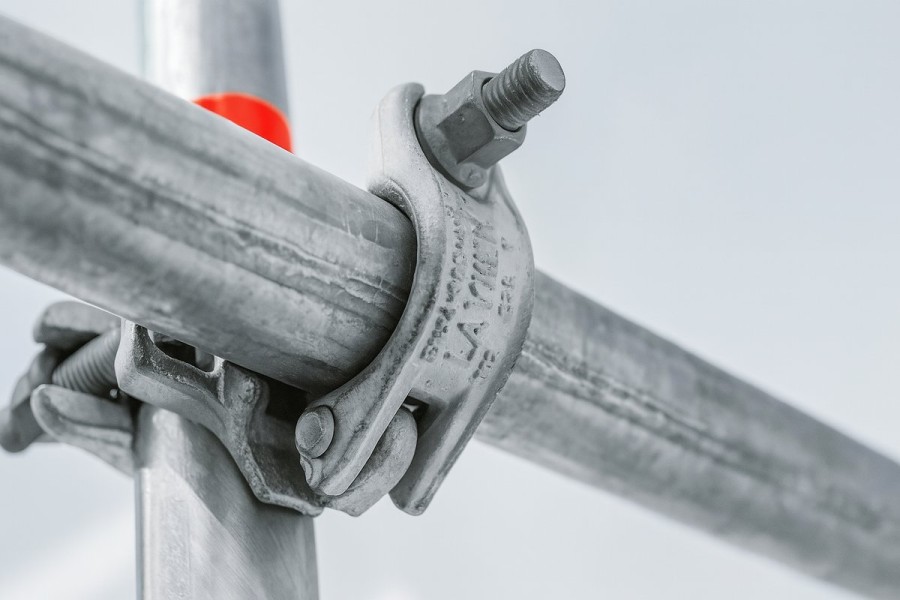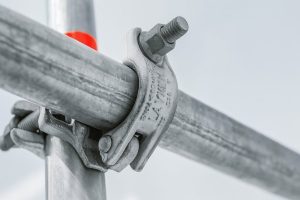Tube and Clamp vs Modular Scaffolding – Which System Is Right for Your Project?

Choosing the right scaffolding system is essential for both safety and productivity on site. Two common types used across New Zealand construction projects are tube and clamp scaffolding and modular scaffolding.
Each system has its strengths and ideal use cases. In this guide, we’ll explore the key differences between the two, helping you make an informed decision for your next job.
Strengths of Tube and Clamp Scaffolding
Tube and clamp scaffolding is known for its flexibility and adaptability, making it a strong option for complex or irregular sites.
Versatility
This system can be configured to fit around awkward shapes and tight spaces — perfect for heritage buildings or non-standard structures.
Customisation
Because it’s built from individual tubes and clamps, the setup can be tailored precisely to your project, enhancing both safety and efficiency.
Easy to Assemble
Although it requires skilled labour, the process is straightforward, and experienced crews can assemble tube and clamp scaffolds quickly with the right tools.
Introducing Modular Scaffolding
Modular scaffolding (also known as system scaffolding) uses prefabricated components like frames, ledgers, and platforms that slot together in a repeatable pattern.
It’s widely used in commercial projects across New Zealand where speed, scale, and consistency are required.
Benefits of Modular Scaffolding
Speed
Modular scaffolding is designed for fast assembly. Crews with minimal training can erect large sections quickly, saving time on-site.
Consistency
Standardised parts reduce variability and help maintain uniform load distribution and structural reliability.
Simplicity
With fewer moving parts, modular scaffolding systems are easier to manage and often require less hands-on adjustment than traditional tube and clamp.
Key Project Considerations
Project Type
-
Irregular or complex builds → Tube and clamp scaffolding offers maximum flexibility.
-
Straightforward, repetitive builds → Modular scaffolding saves time and works well for standard layouts.
Time Constraints
Modular systems can be assembled more quickly, making them ideal for tight project deadlines.
Budget
Labour and material costs vary. Tube and clamp may require more time (and cost), while modular scaffolding can offer savings through faster setup and less labour.
Frequently Asked Questions (FAQs)
1. What’s the main difference between tube and clamp and modular scaffolding?
Tube and clamp uses individual pipes and fittings for maximum flexibility. Modular scaffolding uses prefabricated parts for quicker, standardised assembly.
2. Which scaffolding is better for complex builds?
Tube and clamp scaffolding is more adaptable and better suited for projects with irregular shapes or restricted spaces.
3. Can I use both types on the same project?
Yes, many contractors in NZ use a combination depending on the needs of each project area.
4. Which type is faster to install?
Modular scaffolding is generally quicker to set up due to its plug-and-play design.
5. Are there cost differences?
Yes. Modular scaffolding can reduce labour costs, while tube and clamp may be more cost-effective for bespoke structures.
6. Can scaffolders.co.nz help me choose the right system?
Absolutely. Our team provides advice tailored to your project scope, site conditions, and compliance needs.
7. What safety rules apply when using scaffolding in NZ?
Always follow WorkSafe NZ guidelines. Ensure proper training, inspections, and scaffold tagging are in place.
8. Can I rent scaffolding for my project?
Yes — we can help connect you with trusted local scaffolding providers for both hire and purchase.
9. Are there weight or load limits?
Yes. Always check the scaffold’s rated capacity and never exceed safe load limits.
10. How can I get started?
Contact us for expert guidance and support in choosing the right scaffolding system for your site.
Conclusion: Choosing the Right Scaffolding in NZ
At scaffolders.co.nz, we’re committed to improving scaffolding safety and performance across New Zealand. Whether you’re tackling a detailed restoration project or managing a fast-paced commercial build, choosing the right system can significantly impact your success.
With years of industry experience, we offer insights, comparisons, and practical advice to help you make the safest, most cost-effective choice for your site.






